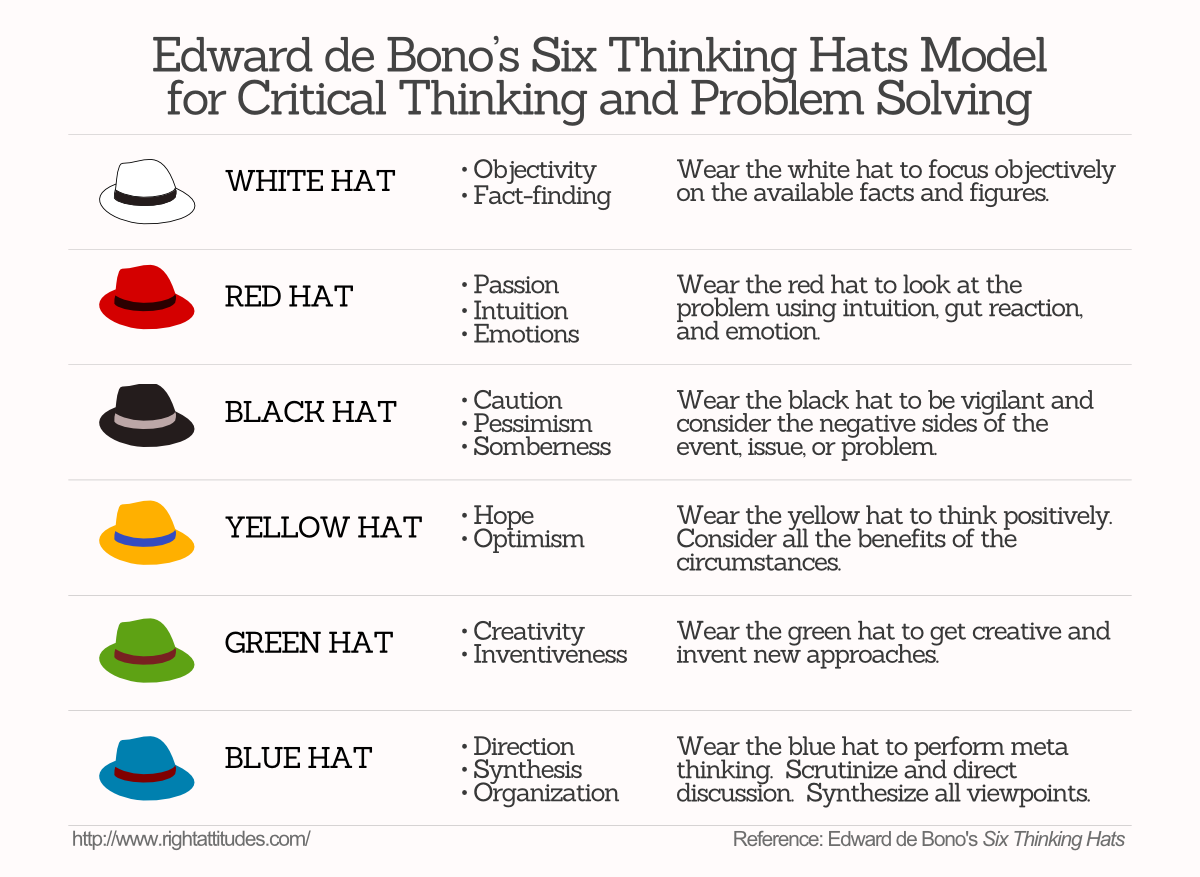Group Polarization Strengthens of the Opinions of Each Person in the Group
When people who share opinions and beliefs get together in groups, they tend to be even more persuaded in their beliefs—they become extreme in their views. In other words, a group of likeminded people will reinforce one another’s viewpoints. This phenomenon is called group polarization.
Social psychologists reason that people use the choices and persuasions of others as heuristics to steer their lives in this complex world. As the English philosopher and mathematician Alfred North Whitehead once said, “Civilization advances by extending the number of operations we can perform without thinking about them.”
Social Media and Group Polarization
As people converge to likeminded people in virtual neighborhoods, they tend to operate in intellectual bubbles. Given that social media allows participants to curate their sources of information, it is easier than ever before for people to cruise through their day-to-day lives without meeting anyone who disagrees with them. Studies have shown that hanging around a group of likeminded folks makes people more scornful of differing viewpoints, than they are as individuals.
Group polarization explains partly the proliferation of fake news on social media—people accept dubious claims that support their own viewpoint while disregarding facts that conflict with their views. In the confusing times we live in, people get lost in the unstructured, unattributed noise of headlines and repeat the loudest declarations as facts without checking their soundness.
In 1996, MIT scholars Marshall Van Alstyne and Erik Brynjolfsson forewarned of an impending dark side to the newly interconnected world:
Individuals empowered to screen out material that does not conform to their existing preferences may form virtual cliques, insulate themselves from opposing points of view, and reinforce their biases. Internet users can seek out interactions with like-minded individuals who have similar values, and thus become less likely to trust important decisions to people whose values differ from their own.
The Persuasive Ability of Social Proof in Consumer Behavior
.jpg) In the bestselling Influence: The Psychology of Persuasion, psychologist Robert Cialdini observes that advertisers tend to describe their products as “fastest-growing,” “#1 in the market,” or “best-selling.” Advertisers believe that consumers need to hear not only that a product is good, but also that others think so.
In the bestselling Influence: The Psychology of Persuasion, psychologist Robert Cialdini observes that advertisers tend to describe their products as “fastest-growing,” “#1 in the market,” or “best-selling.” Advertisers believe that consumers need to hear not only that a product is good, but also that others think so.
As per group polarization, when people are considering what to do or buy, they often look to what others are doing or have done, and take their cue from others. When a product, service, or an idea strikes out as particularly admired or prevailing, consumers intuitively take social proof that this is the right—and acceptable—choice.
Idea for Impact: Hanging Around with Like-Minded People is a Dangerous Intellectual Trap
The French entomologist Jean-Henri Fabre once wrote, “Seek those who find your road agreeable, your personality and mind stimulating, your philosophy acceptable, and your experiences helpful. Let those who do not, seek their own kind.”
Look for people who respect your worldview—even if drastically different from theirs—but can present alternative perspectives.
Regular exposure to differing views serves to sharpen your thinking and reasoning abilities—and may perhaps even reexamine your positions. As I’ve said before, wisdom comes from facing counter-arguments. The only test of a well-constructed opinion is that it can defend itself.
.jpg)

.jpg)
